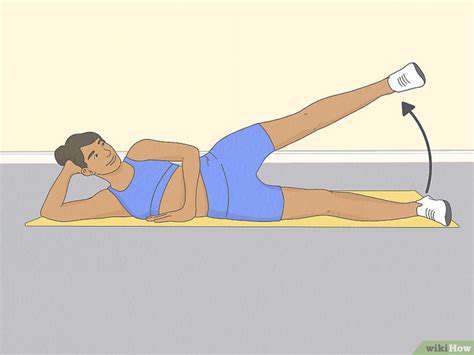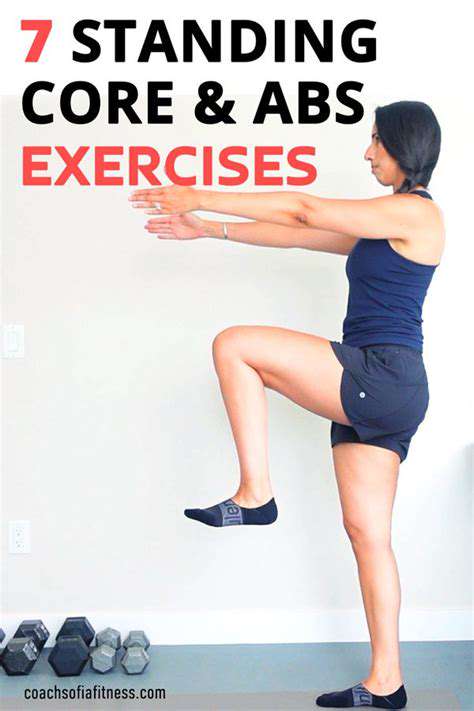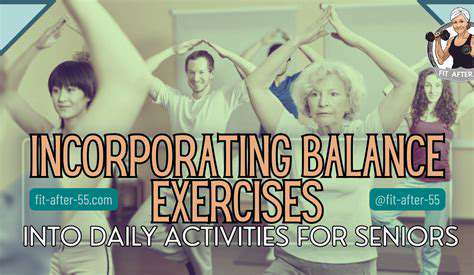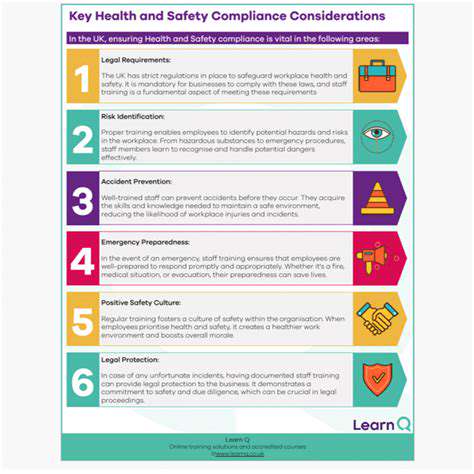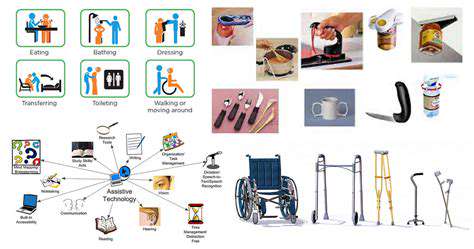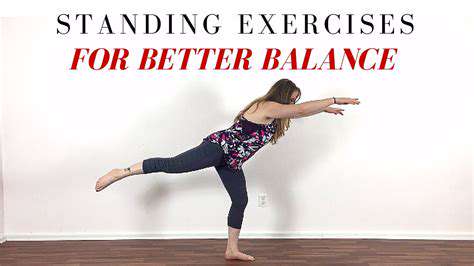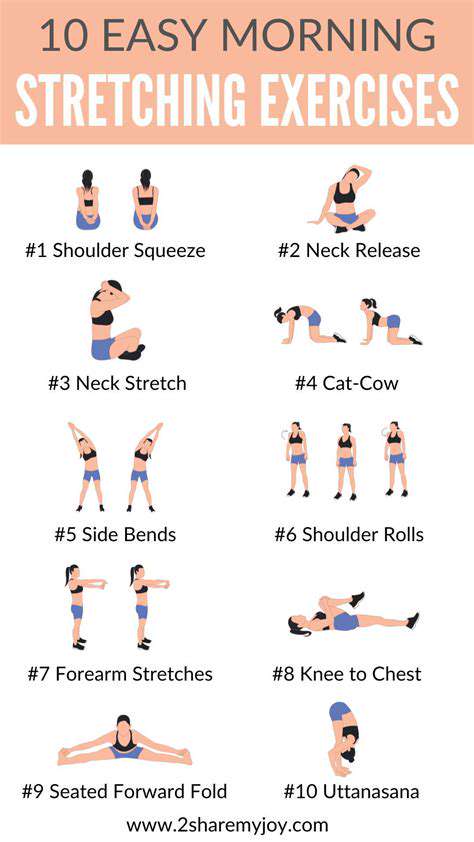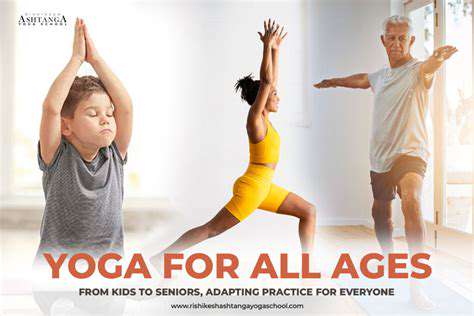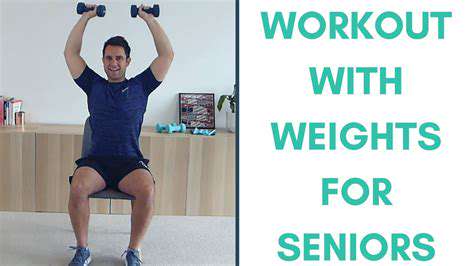Staying Upright: Balance Tips for Older Adults
Nutrition and Hydration for Optimal Balance
Your bones crave more than just calcium—they need the full nutritional orchestra to stay strong. Vitamin D acts as the conductor, helping your body utilize those bone-building minerals. Dehydration is the stealth enemy of balance—just a 2% fluid loss can noticeably impair coordination. Keep a water bottle handy and sip throughout the day, not just when thirst strikes.
Managing Underlying Health Conditions
Chronic conditions are like termites in your balance foundation—they quietly undermine stability long before symptoms appear. Medication side effects often fly under the radar—that blood pressure pill might be causing subtle dizziness you've learned to ignore. A thorough medication review with your pharmacist could reveal simple adjustments that dramatically improve steadiness.
Simple Exercises to Enhance Balance
Understanding Balance Challenges in Older Adults
Balance isn't just physical—it's deeply psychological. The fear of falling can create a self-fulfilling prophecy where cautious movements actually increase instability. What feels like natural caution often accelerates the very decline we hope to prevent. The solution? Gradual, progressive challenges that rebuild confidence along with muscle memory.
Simple Standing Exercises
Turn mundane moments into balance practice. While brushing your teeth, try standing on one leg—the sink provides instant support if needed. Heel-toe walking isn't just for sobriety tests—it's nature's perfect balance drill. Practice during commercial breaks or while waiting for your morning coffee to brew.
Chair Exercises for Balance
Your favorite armchair can double as a balance studio. The simple act of sitting down slowly—counting to three as you lower yourself—builds crucial control. Leaning exercises teach your body to recover from stumbles before they happen. Start with small shifts in weight and gradually increase your range as confidence grows.
Using Everyday Objects for Balance Training
That folded towel on your bathroom floor? It's now a balance beam. Standing on uneven surfaces trains your ankles to handle real-world terrain. Reaching exercises mimic the motions of daily life while improving stability. Try retrieving items from high shelves while maintaining perfect posture.
Balance Exercises with a Partner
Social connections boost more than just mood—they create accountability for balance practice. Partner exercises add an element of unpredictability that better prepares you for real-world challenges. Gentle ball tosses or mirroring movements engage both body and mind.
Benefits of Regular Balance Training
The ripple effects of balance work extend far beyond fall prevention. Improved stability often means rediscovering activities you'd written off as too risky. That renewed confidence can spark a virtuous cycle of increased activity and social engagement.
Importance of Professional Guidance
A physical therapist does more than prescribe exercises—they're movement detectives. They can spot subtle compensations you've developed that actually undermine stability. Their trained eye catches risk factors invisible to the untrained observer, like minor foot drags or uneven weight distribution.
Before diving into perms, assembling the right tools is non-negotiable. You'll need a high-quality perm rod set that matches your desired curl pattern.
Environmental Modifications for a Safer Home

Environmental Modifications for Enhanced Productivity
Lighting makes all the difference—position workstations to take advantage of natural light without creating screen glare. The ideal workspace temperature isn't universal—it varies by individual metabolism and activity level. Noise preferences are equally personal—some thrive with white noise while others need near-silence.
Optimizing Lighting and Acoustics for Focus
Layered lighting solutions beat single overhead lights every time. Task lighting should illuminate without casting shadows where you're working. Sound masking doesn't mean complete silence—gentle background hum can actually improve concentration by masking disruptive noises.
Ergonomics and Comfort for Sustained Productivity
Your chair should feel like an extension of your body—not a throne or punishment device. Monitor height matters more than people realize—the top of your screen should sit at eye level. Keyboard placement affects everything from typing speed to shoulder tension.

